

Often grown in our regions, citrus trees don’t all react to freezing the same way.
This depends mainly on the variety itself, but how they’re being grown also has an impact on their frost resistance.
The most important factor is the variety that’s being grown. Secondary factors are also relevant: how old the tree is, how old its organs (branches) are, when it freezes and how long the frost spell lasts.
A short bout of frost, shortly before dawn, with a nice warm sunny day and above-freezing temperatures shouldn’t lead to any problems at all. This is true as long as the temperature didn’t drop below the threshold known for each variety, listed lower down in this article.
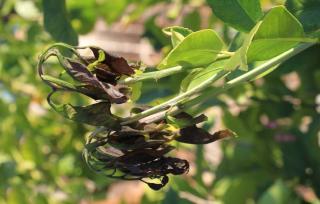
A healthy citrus that’s well-settled in will resist frost much better than a young one, or one that’s weak because of a disease or pest.
This is the reason many treatments are sprayed preemptively just before winter, against scale and aphids for instance.
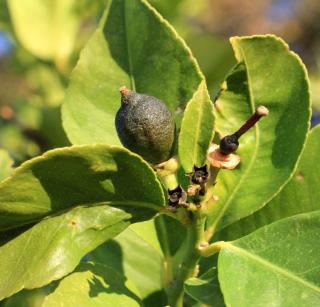
Frozen fruits are easily identifiable: they’re soft instead of firm, and may show signs of necrosis or even burst open. Bark on branches cracks open.
If your citrus has already frozen over, and if some portions only of your citrus show the symptoms above, then you must go for a drastic pruning of all dead branches and any branch which has burst bark.
Also remove all fruits, because they would infect the tree with diseases if they’re allowed to rot on the tree.
Only perform this pruning at the end of winter (when the vegetation phase begins again).
If even just a small portion of the tree didn’t die, then there’s a chance that the citrus may survive.
Even so, and even if the citrus tree seems to come back to life, it will stay very fragile and will have trouble producing fruit.
Growing citrus in the ground, outdoors, is only possible in areas where temperatures never drop below freezing. This isn’t the case anywhere in the British Isles, nor in Northern States in the USA.
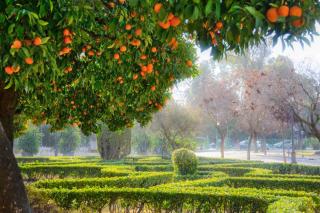 Coastal areas along the Mediterranean, Iberian peninsula, Gulf of Mexico, California coastal areas.
Coastal areas along the Mediterranean, Iberian peninsula, Gulf of Mexico, California coastal areas.Take note, though, that all these areas aren’t necessary frost-free all year round: you’re still running a risk of losing the trees if not protected.
Indeed, for example, along the Mediterranean ocean, cold winters in 1985 and 1986 devastated a great number of citrus trees that were growing outdoors. Many magnificent lemon trees and orange trees never recovered and were lost.
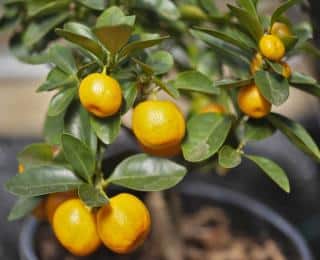
Temperatures of around 40°C (4 to 6 degrees Celsius) are perfect to protect citrus during winter.
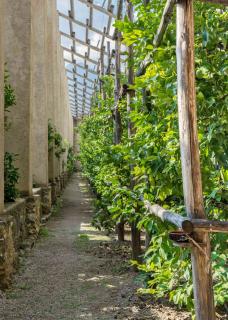
You can treat citrus trees even in winter if they’re in a sheltered spot: what matters is that the temperature doesn’t freeze.
If you can’t move your pot around, you’ll have to make do with protecting it with some sort of thermal insulator. Bubble wrap works fine if that’s all you’ve got.
For the branches, it’s best to use winterizing fleece. This is a product that makes your plant feel that it’s 3 to 4 degrees warmer than the air outside it.
 It’s important to remove the fleece whenever possible: this helps renew air around the plant, which matters since it’s still breathing.
It’s important to remove the fleece whenever possible: this helps renew air around the plant, which matters since it’s still breathing.Read also: how to winterize your plants
Here is a table that’s ordered by frost vulnerability. The most fragile and vulnerable ones are at the top, the hardiest ones at the bottom. This only includes the most easy-to-find varieties.
>> Learn about the different citrus varieties <<
Take note that the temperatures below are for the tree itself, not the fruits: fruits will freeze much earlier than shown below.
In addition, the temperatures below are for trees that are well-settled in, vigorous outdoor growers that are 5 to 6 years old, without any diseases or parasites that might weaken them.
Some parts of the tree are more vulnerable to freezing, like young stems, flower buds and fruits, but larger, older branches will survive freezing.